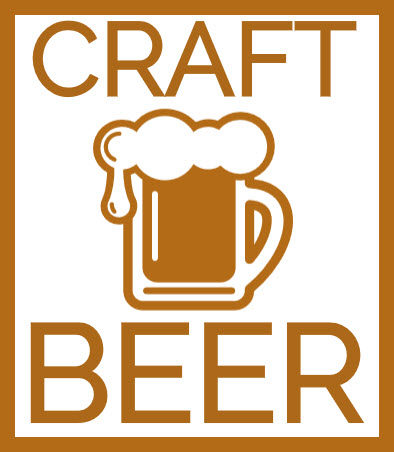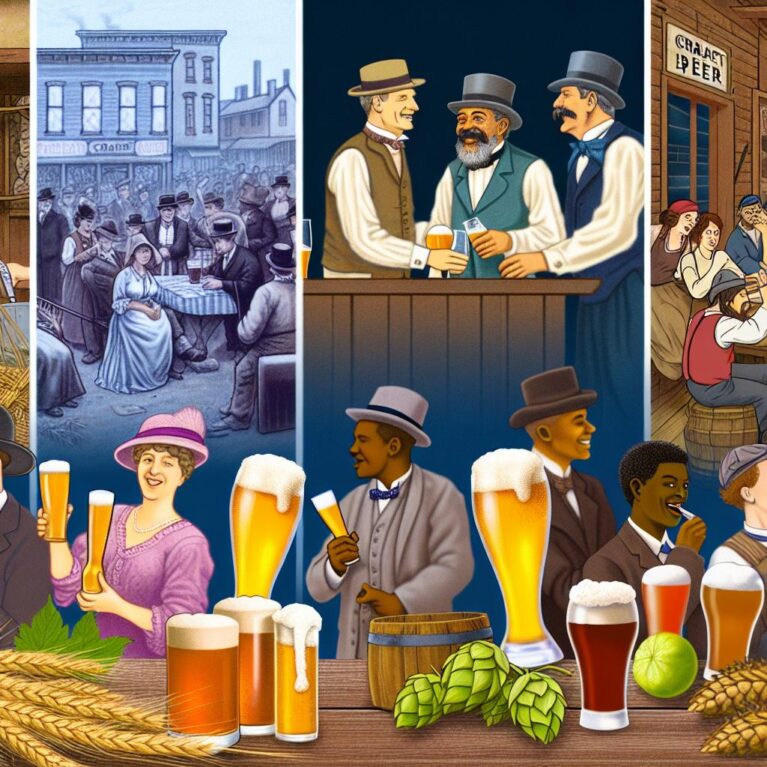The Beginnings of Craft Beer in America
Craft beer has a fascinating history in the United States, marked by creativity, passion, and a shift towards more diverse flavors. The craft beer movement can trace its roots back to the 1960s and 1970s, when individuals began experimenting with home brewing. During this period, the American beer scene was predominantly defined by a few large breweries producing mostly light lagers. However, this was the beginning of a significant transformation in the beer industry, cultivated by individuals and small breweries daring to break the mold.
The Pioneers of Craft Brewing
One of the pivotal moments in the craft beer story was the founding of the New Albion Brewing Company in 1976. This small brewery was created in Sonoma, California, through the vision and efforts of Jack McAuliffe. While New Albion closed its doors in 1982, its brief existence had a lasting impact on the industry. It showcased the potential for small-scale breweries to create distinctive beers that could challenge the dominance of large brewing corporations. New Albion’s story became an inspiration for the future generations of American brewers.
Another landmark in the craft brewing movement was the revitalization of the Anchor Brewing Company in San Francisco. Originally established in the late 1800s, Anchor Brewing was a historical brewery that faced possible closure before Fritz Maytag intervened in 1965. By introducing new brewing practices and focusing on smaller batches with unique flavors and styles, Maytag reinvented Anchor Brewing, setting a new precedent for brewing innovation and quality. Its resurgence in the 1970s underscored an essential shift within the industry, valuing diverse, rich flavors over mass production and uniformity.
Growth in the 1980s
The 1980s marked a decade of significant growth for craft breweries in America. Legislative changes played a key role in fostering this growth, most notably the legalization of home brewing at the federal level in 1978, championed by President Jimmy Carter. This legal shift removed a significant barrier to entry for many aspiring brewers, fostering a culture that embraced innovation and experimentation in beer production. It allowed individuals to explore beer crafting in what was previously only a commercial endeavor controlled by large businesses.
During this era, the concept of the brewpub emerged, providing a fresh and engaging experience for beer enthusiasts. The first brewpub in the U.S., Yakima Brewing & Malting Company, began its operations in Washington State in 1984. Brewpubs offered a unique combination of beer production and on-site dining, enriching the consumer’s experience by providing not only a wide array of beer flavors but also culinary pairings. This model contributed to the craft beer movement’s expansion by attracting diverse customer bases interested in both beer and food pairing experiences.
The Craft Beer Explosion in the 1990s and 2000s
The craft beer industry experienced rapid expansion during the 1990s, a testament to a growing consumer demand for innovative and high-quality brews. This period saw a significant surge in the number of microbreweries, brewpubs, and regional craft breweries across the United States. The increasing popularity of craft beers resulted in the establishment of hundreds of new brewing outfits by the end of the decade. Consumers were eager to explore the diverse range of flavors that craft beer offered, deviating from the conventional lagers offered by larger breweries.
Among the notable breweries founded during this era were the Sierra Nevada Brewing Co. and the Boston Beer Company, the latter known for its Samuel Adams beer brand. These breweries emerged as pioneers within the industry, not only for the quality of their beers but also for their role in educating consumers about craft beer. They hosted events, tastings, and promotions, encouraging beer lovers to explore and understand the subtleties of craft beer styles and flavors. Their influence soon extended beyond local markets as they gained national recognition and distribution, contributing to the rising popularity of craft beer across the country.
The Present and Future of Craft Beer
In contemporary America, craft beer is an integral aspect of the beer landscape, celebrated for its innovation and diversity. According to the Brewers Association, as of 2023, there are thousands of craft breweries operational throughout the United States. These breweries collectively offer an expansive variety of beer styles and flavors, showcasing the industry’s ongoing evolution and capacity for creativity.
Current trends within the craft beer segment reflect an ongoing desire to explore and innovate. There is a growing interest in sours and barrel-aged beers, catering to more refined palates seeking complex taste profiles. In addition to diverse flavors, the rise of small-scale local brewing reinforces the community-centric philosophy of craft beer. Many breweries pride themselves on contributing to local economies, prioritizing sustainability, and fostering environments where people gather to enjoy not just beer, but camaraderie and culture.
Craft breweries often function as community hubs, hosting events, supporting local causes, and engaging in practices that promote environmental sustainability. The idea of a brewery as more than just a beer manufacturer enriches its role in society, emphasizing social responsibility alongside its craft.
For further exploration of the craft beer industry, the Brewers Association remains a valuable resource. It offers extensive data and supports those interested in becoming a part of or simply understanding the ever-evolving craft beer movement.
Through decades marked by innovation and resilience, craft beer has firmly positioned itself as a vibrant element of America’s cultural heritage. It continues to challenge traditional beer norms and push boundaries, offering a dynamic and ever-changing landscape that celebrates creativity, flavor, and community engagement. As the industry moves forward, the future of craft beer in America promises to be as robust and varied as its past, continually offering new experiences and opportunities for brewers and consumers alike.

